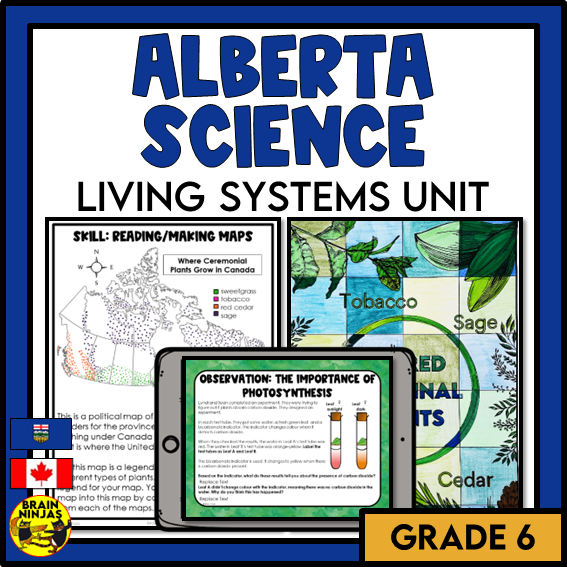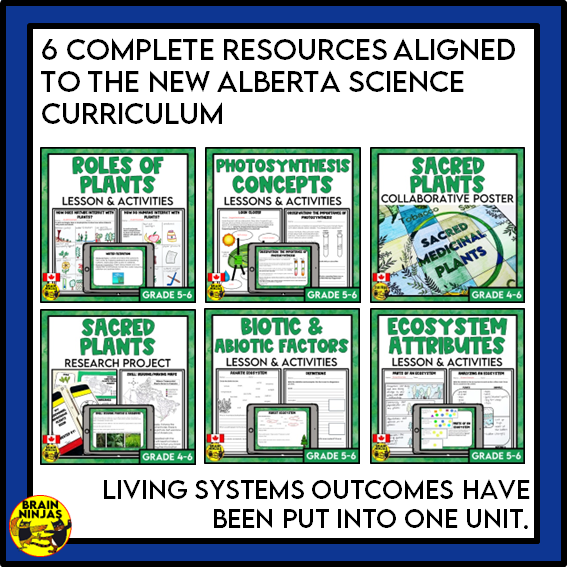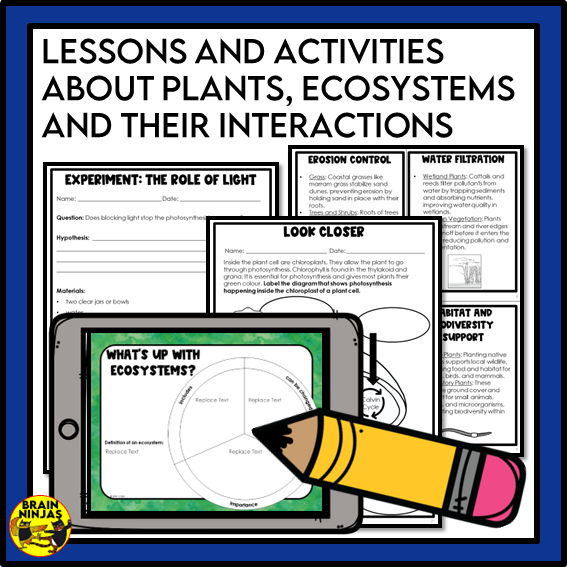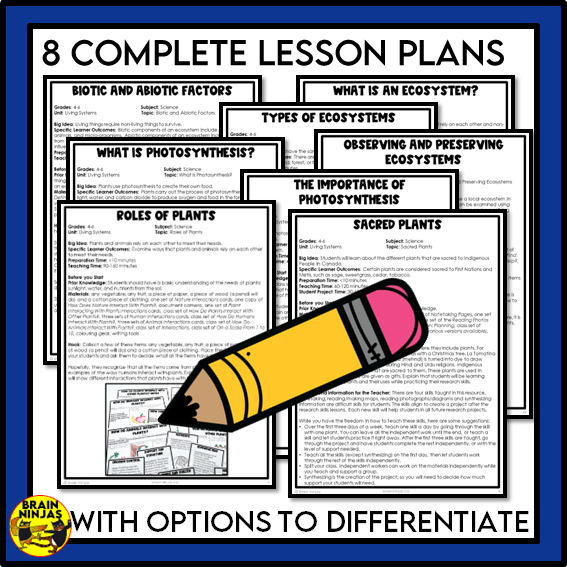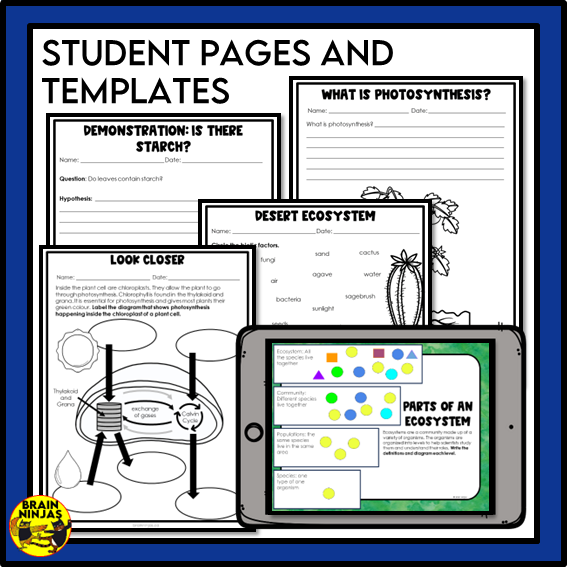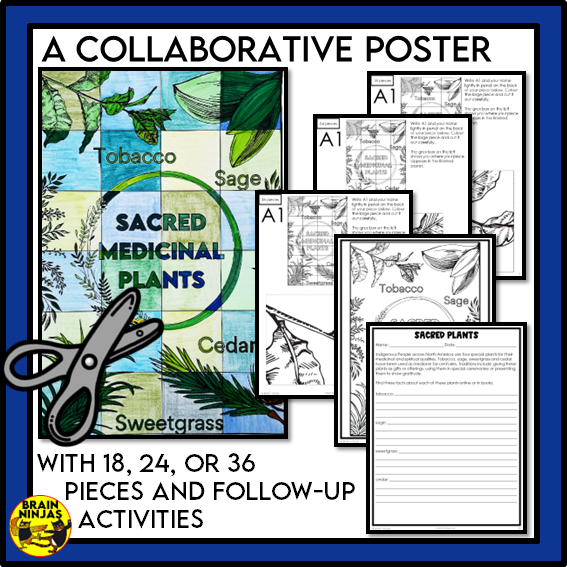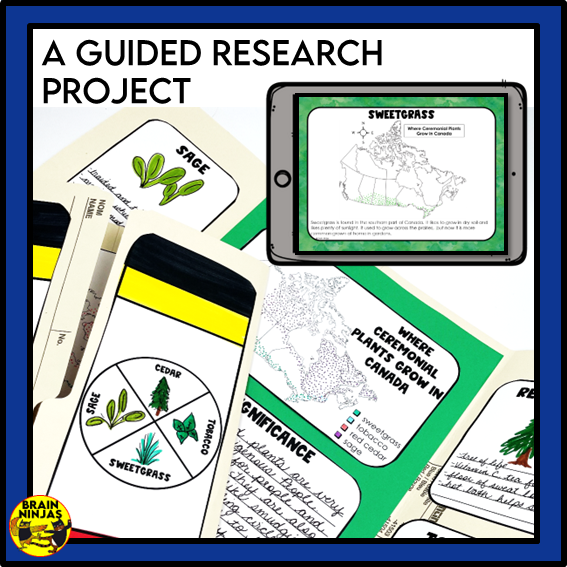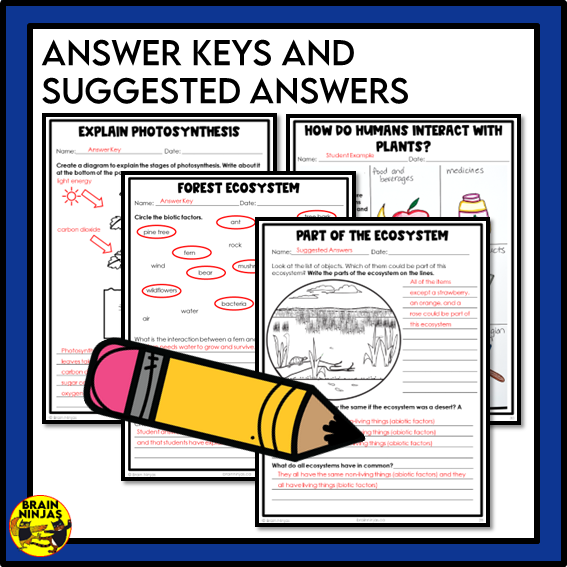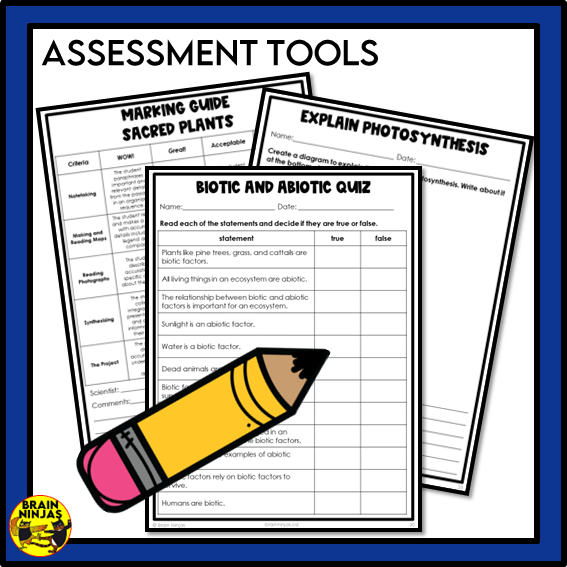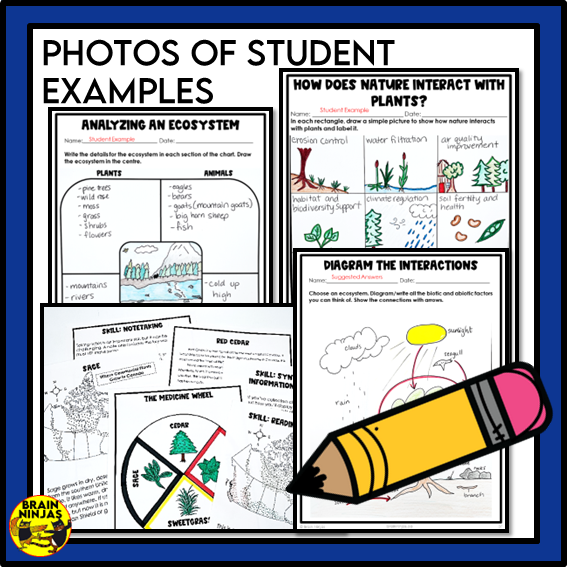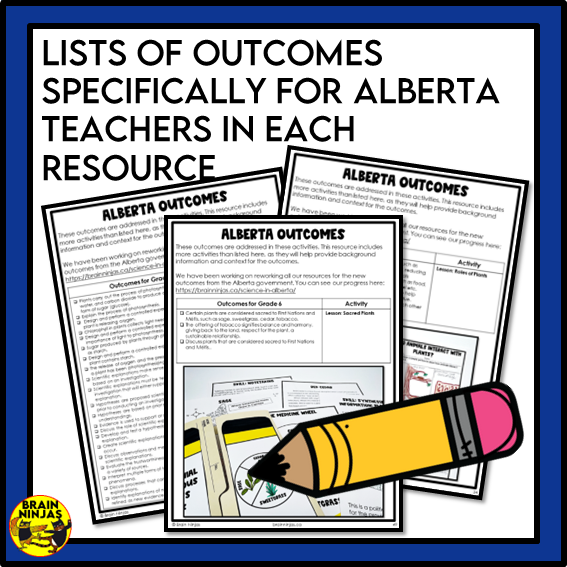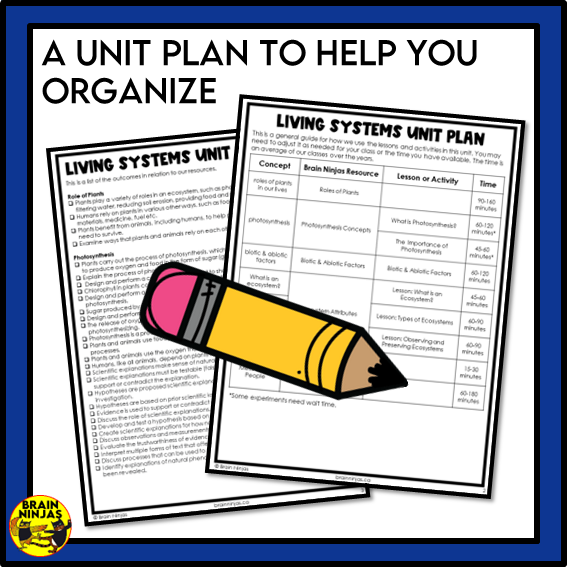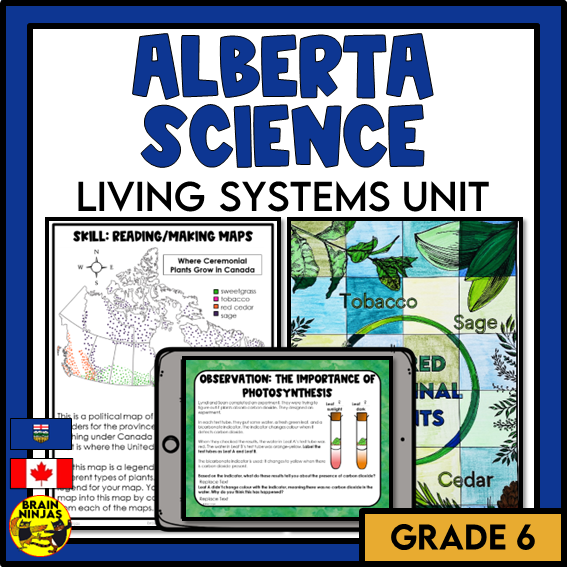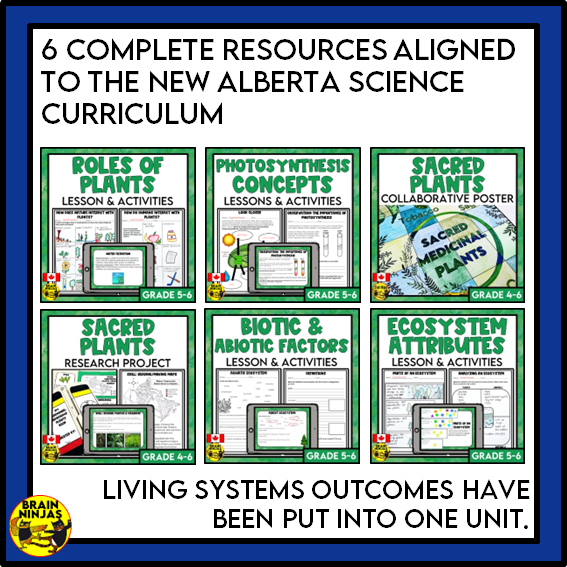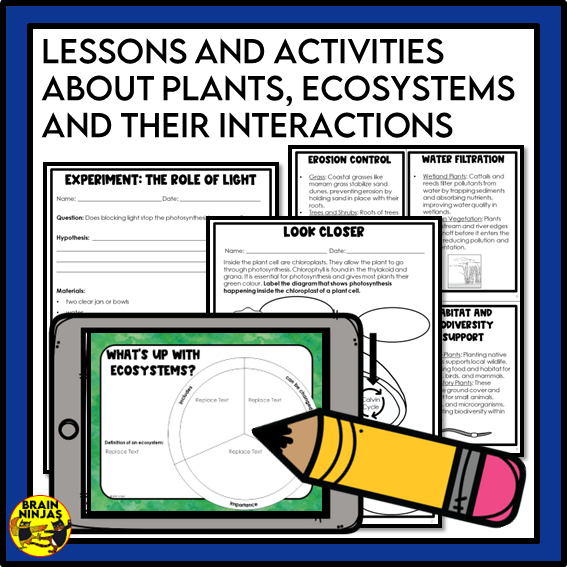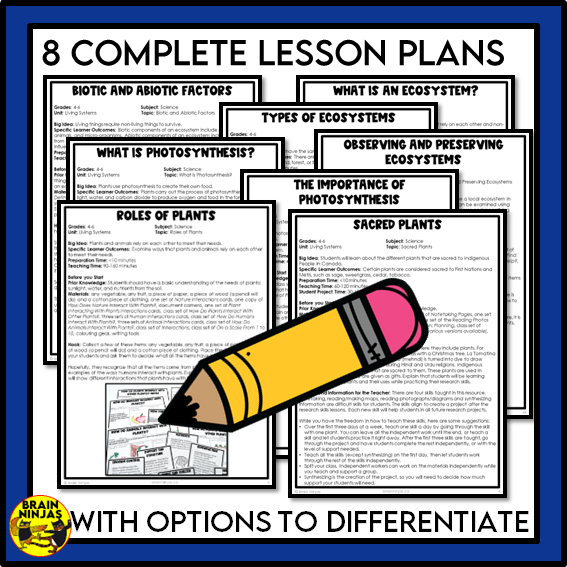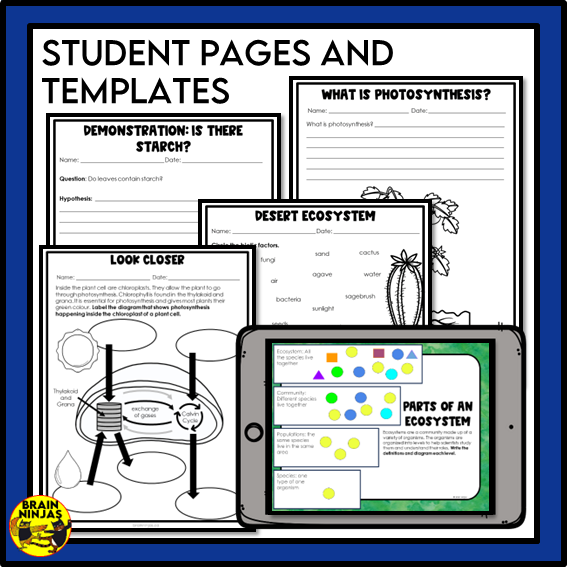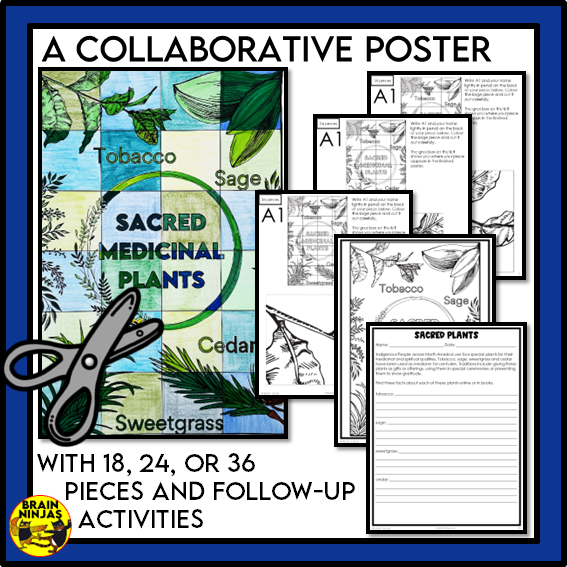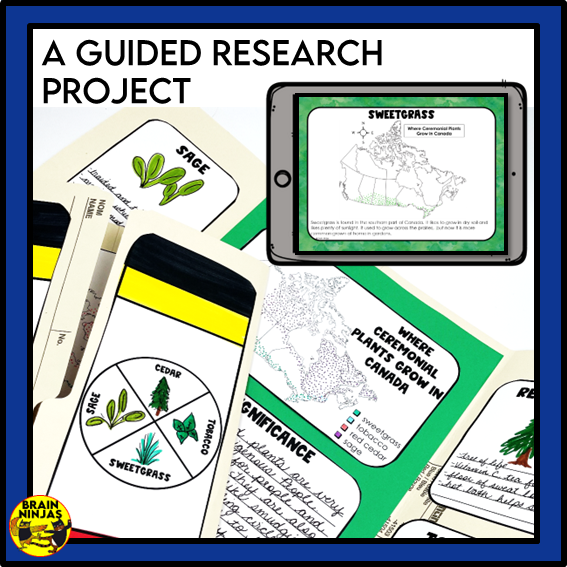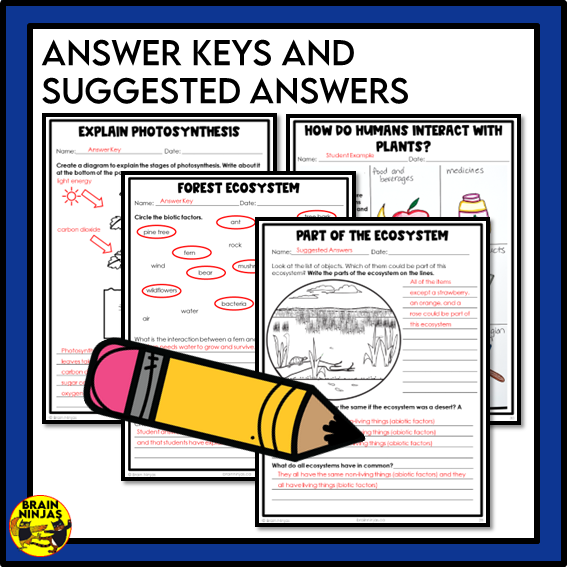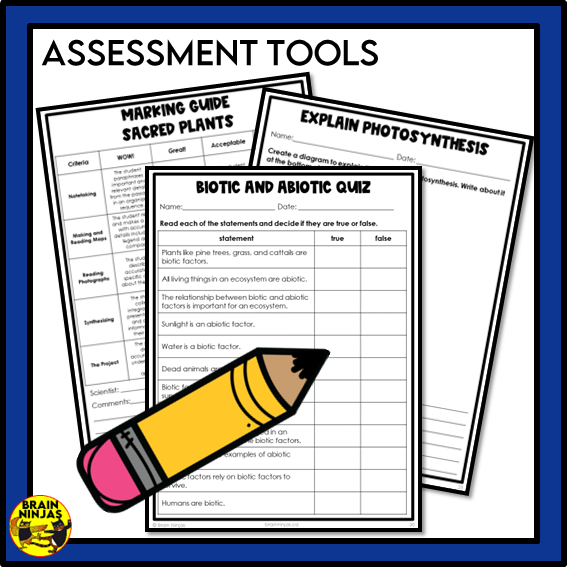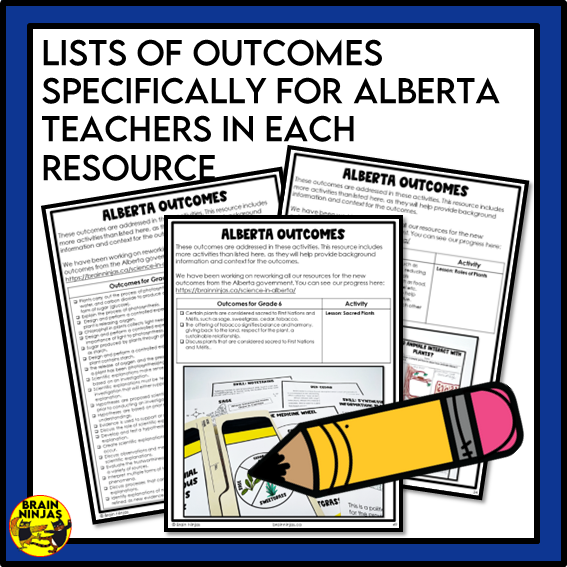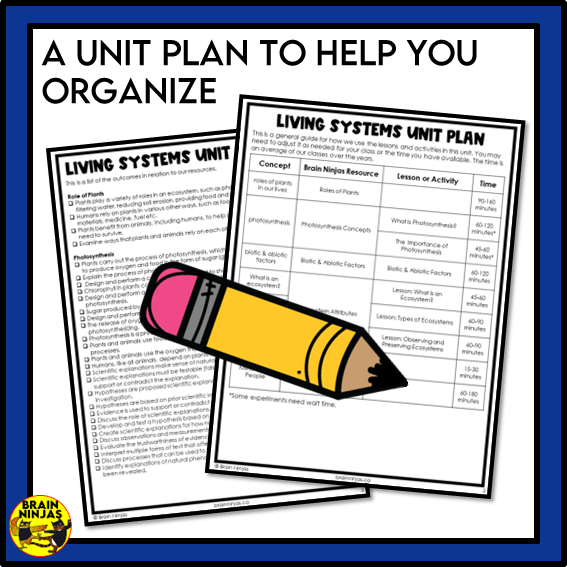Alberta Science Living Systems Unit Grade 6 Bundle | Paper and Digital
Alberta Science Living Systems Unit Grade 6 Bundle | Paper and Digital
Couldn't load pickup availability
Get a unit about the roles of plants, ecosystems, photosynthesis, and sacred plants planned in minutes. This unit includes all of our resources related to living systems through activities, investigations, experiments and complete lessons. Everything you need to teach the whole unit is included and you can start teaching right away!
This unit was designed specifically for Alberta Grade 6 science teachers. It includes:
- lesson plans with step-by-step instructions and options for modifications.
- student pages and templates.
- answer keys and suggested answers.
- photos of student examples.
- ideas for how to use this resource in the classroom, online, or a mix.
- digital versions of all the student reading and writing pages that use Google Slides. You must download the PDF files and use the access links in the files to get your digital copies.
- an alignment guide for Alberta Outcomes in each resource.
- a unit plan and a list of Alberta Science outcomes to help with planning.
These resources are included in this bundle:
- Roles of Plants in the World: the role of plants interacting in nature, in the lives of other plants, in the lives of humans, and in the lives of animals, how plants interact with the world around them, the importance of plants to the survival of ecosystems, examples of the roles of plants: erosion control, climate regulation, food, shelter or water filtration. Many more are included in the activities.
- Photosynthesis: the definition and stages of photosynthesis, the role of light in photosynthesis, simple diagram of parts of the plant cell, simple diagram of chloroplasts, chloroplasts and their role in photosynthesis, starch in plants, the importance of photosynthesis to the food chain, carbon capture and ecosystems, paradigms and paradigm shifts, and paradigm shifts related to plant growth.
- Biotic and Abiotic Factors: definitions and examples of biotic and abiotic factors, examples of various factors in ecosystems and interactions between biotic and abiotic factors.
- Ecosystem Attributes: definitions and examples of ecosystems, the needs of ecosystem environments, how ecosystems impact organisms, changes that can impact ecosystems, features that impact and create different ecosystems: plants, animals, landscape (or geography) and weather (and climate), preservation and conservation of ecosystems, analyzing and comparing ecosystems, designing a new ecosystem based on the definitions and features from the lesson, different ways data can be presented.
- Sacred Plants Research Project: instructions for how to teach each of the research skills: notetaking, reading/making maps, reading photos & diagrams and synthesizing, maps showing locations where the plants grow in Canada, photographs of all the plants, a diagram of the medicine wheel, a reading passage about each of the four sacred plants: sage, sweetgrass, Red Cedar and tobacco.
- Sacred Plants Collaborative Poster: a collaborative poster about the plants that are sacred to Indigenous People in Canada.
- scientific method outcomes are embedded into the lessons.
This resource aligns with:
- Alberta Science Curriculum © 2022 Grade 6 (new outcomes)
Do you teach science in Alberta? We have science units for you!
- Learn how we're adjusting resources to align with the new science curriculum in Alberta.
- Earth Systems Unit Grade 6
- Space Unit Grade 6
- Energy Unit Grade 6
- Living Systems Unit Grade 6
- Matter Unit Grade 6
- Computer Science Grade 6
-
Alberta Science Grade 6 Full Year of Lessons SAVE 30%
Ninja Note: This file is a ZIP file. It contains all the PDF files that contain each unit. Buyers need to download the ZIP and extract the PDF files to a computer. To access the digital versions, download the PDFs and use the links in the files.
Have a question? Before contacting us, check our Frequently Asked Questions page.
